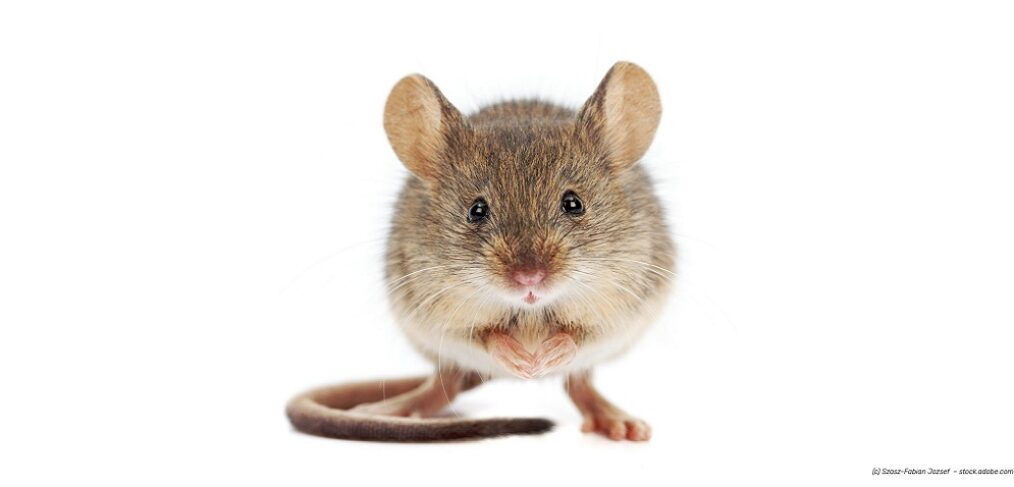
species of the week #70 – Helgoland house mouse
Stowaway or Helgoland native? Nobody knows exactly where the Helgoland house mouse originally comes from. What is certain is that it is a subspecies of the house mice that occur worldwide and are only found on the island of Helgoland. With a preference for fresh sea air around its whiskers and unusual food, it differs from all other house mice in the world….
| Distribution status | Extremely rare |
| Remaining deposits | Helgoland |
| Last sightin in rhineland-palatinate | never |
| Habitat | Helgoland Island |
| Threat | unknown |
Where the Helgoland house mouse originally came from is disputed among scientists. Some assume that they came to the island as stowaways with the first human ships. Others believe it has always been there.
What is special about the Helgoland house mouse is that it has developed its own subspecies on Helgoland, which only occurs there. Since Helgoland has only been an island since 2000 BC, the house mouse could have lived there before and only then developed into its own subspecies. However, it is also conceivable that this development only began much later, when the mouse was transported to Helgoland as a stowaway in a ship and was thus separated from the mainland mice.
Since no humans lived on the island for a while, there were no houses in which the house mouse could have lived. So today it is a house mouse that lives exclusively outdoors. Whether it belongs to the more beautiful eastern house mice or rather to the robust western house mice is another controversial topic in research.
However, the Helgoland house mouse is quite indifferent to this. It has become accustomed to its isolated location and, in contrast to the original house mouse, does not eat mainly vegetarian food, but also likes to eat dead seabirds. House mice succeed in this adaptation to living conditions because of a special DNA structure that contains many “empty” DNA sequences. These can develop special abilities when needed and pass them on to the next generations of mice. This enables them to adapt particularly quickly to new habitats. Some house mouse subspecies in particularly dry habitats can therefore even do without water completely. Fortunately, the Helgoland house mouse does not have to, because there is enough water on Helgoland.
